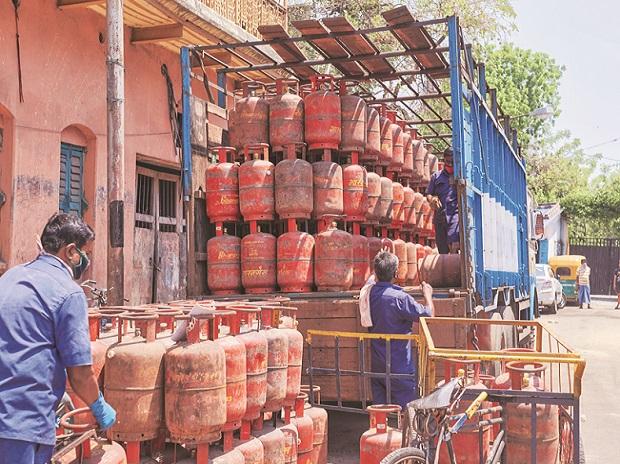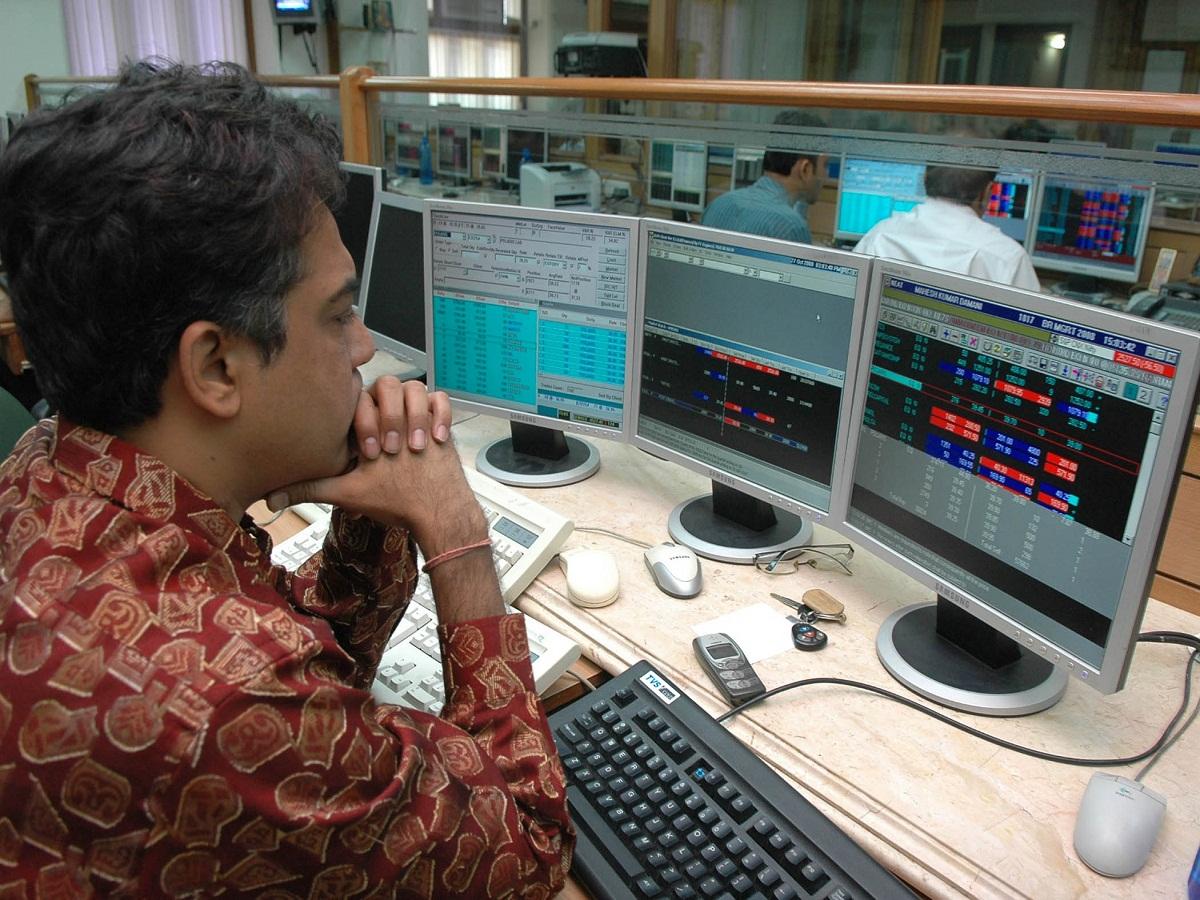The city gas distribution (CGD) companies are optimistic about long-term growth prospects as their robust balance sheets are capable of handling investments through low or zero leverage, given the strong operating cash flow.
Several positive factors are driving the CGD business at the moment. One is that domestic gas prices (APM gas) have been frozen, or rather a ceiling set, reducing volatility. There is no real alternative to cooking gas for most households and gas is an attractive alternative to petrol and diesel for transport.
There’s investment in geographical expansion, regulatory support due to the pollution control policy, and gas imports are not a problem.
CGD companies are also investing to digitise customer services and improve their tech infra.
The bigger players are also looking at consolidation by merger and acquisition of small players and examining renewables (solar, hydrogen).
The current environment does not allow for much CGD pricing power however, and any significant price hikes in liquefied natural gas (LNG) would have to be absorbed rather than passed on.
Roughly speaking, every $1 /mmbtu increase in blended gas cost for the domestic and CNG segment leads to a negative impact of Rs 3/scm on the margins for compressed natural gas (CNG), and needs a price hike of about Rs 4.4/kg or so for CNG and Rs 3.2/scm to cover the impact.
Since April, CGD companies have reduced prices to pass on the $2/mmbtu dip in priority sector gas prices.
This leaves gas at a serious price discount compared to petrol and diesel.
The CGD companies will probably not hike to compensate for short-term spikes.
Any increase in blended gas costs for FY24E will constrain profitability.
Demand for gas is likely to revive given improved availability at a reasonable cost.
There is a focus on incentives and promotions to drive light commercial vehicle (LCV) conversion and OEM sales of gas vehicles.
Higher gas-driven LCV would result in a jump in volumes since each LCV consumes 15-17 kg of CNG per fill vs 8-9 kg for passenger vehicles.
Investments into LNG fuelling stations would add to the convenience for trucks, apart from the cost-cum-environmental benefits of switching to LNG.
The sector’s return on equity (ROE) is around 17-20 per cent and
this seems attractive since return on capital employed is also at the higher end of the same range.
By using internal accruals to invest, CGD players could push up the ROE by reducing the equity component and pushing up revenues.
The government is looking to push up the share of natural gas to around 15 per cent in the energy mix from the current 6 per cent.
The regulator, PNGRB, has been active in issuing new CGD licenses, which have a footprint of 75-80 per cent of India’s population. Import facilities (terminals, evacuation infrastructure) for LNG are also being developed.
Each of the companies is looking to add 60-100 CNG stations per year, accompanied by pipeline connectivity.
Pressurised natural gas (PNG) expansion is also on the cards. They are also eyeing green hydrogen blending into PNG.
Among the key players, Gujarat Gas is uniquely positioned with exposure to industrial gas usage in Morbi, whereas other companies primarily focus on transport and households.

Note:- (Not all news on the site expresses the point of view of the site, but we transmit this news automatically and translate it through programmatic technology on the site and not from a human editor. The content is auto-generated from a syndicated feed.))



